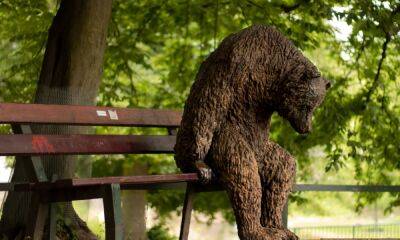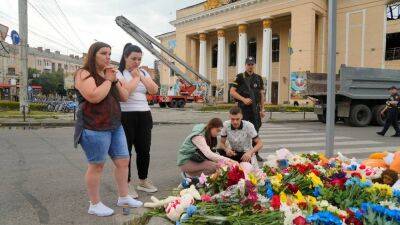The Guardian view on Whitby’s second-home referendum: highlighting a national crisis
The motives behind this week’s referendum on second homes in the North Yorkshire town of Whitby were summed up by a resident who has lived there since she was a child. “It’s not that we’re against tourism; we’re not,” Sandra Turner told reporters. “But we don’t want to give up our town either.”
Albeit on a low turnout, the ballot delivered a 93% majority in favour of banning the future sale of new-builds to non-locals. Organised by community activists, the vote may or may not be heeded by the borough council. But a message has been sent, and the referendum will have struck a chord in many other scenic locations. Whitby, where house prices rose by 17% last year, is not alone in feeling somewhat besieged. In rural villages and picture-postcard towns, there is a sense that locals are being priced out and social cohesion eroded by a rising tide of outside investment.
The ban on foreign travel during the pandemic saw the price of homes shoot up in such places, as spending on holiday residences boomed. But the trend predates Covid. Between 2015 and 2021, there was an estimated 1,000% increase nationally in short-term lets, with most of the increase in rural holiday hotspots. Meanwhile, long-term rental opportunities are vanishingly rare, and affordable homes in scandalously short supply. Just along the coast from Whitby, in Robin Hood’s Bay, there is an estimated 70:30 split between holiday-home owners and villagers. Tim Farron, the Liberal Democrat MP for Westmorland and Lonsdale, has said that rural Britain’s housing crisis is moving from “crisis to catastrophe”.
What is to be done? The money that temporary residents spend – and the building and maintenance of the places where they stay – constitutes a vital pillar of local
Read more on theguardian.com























